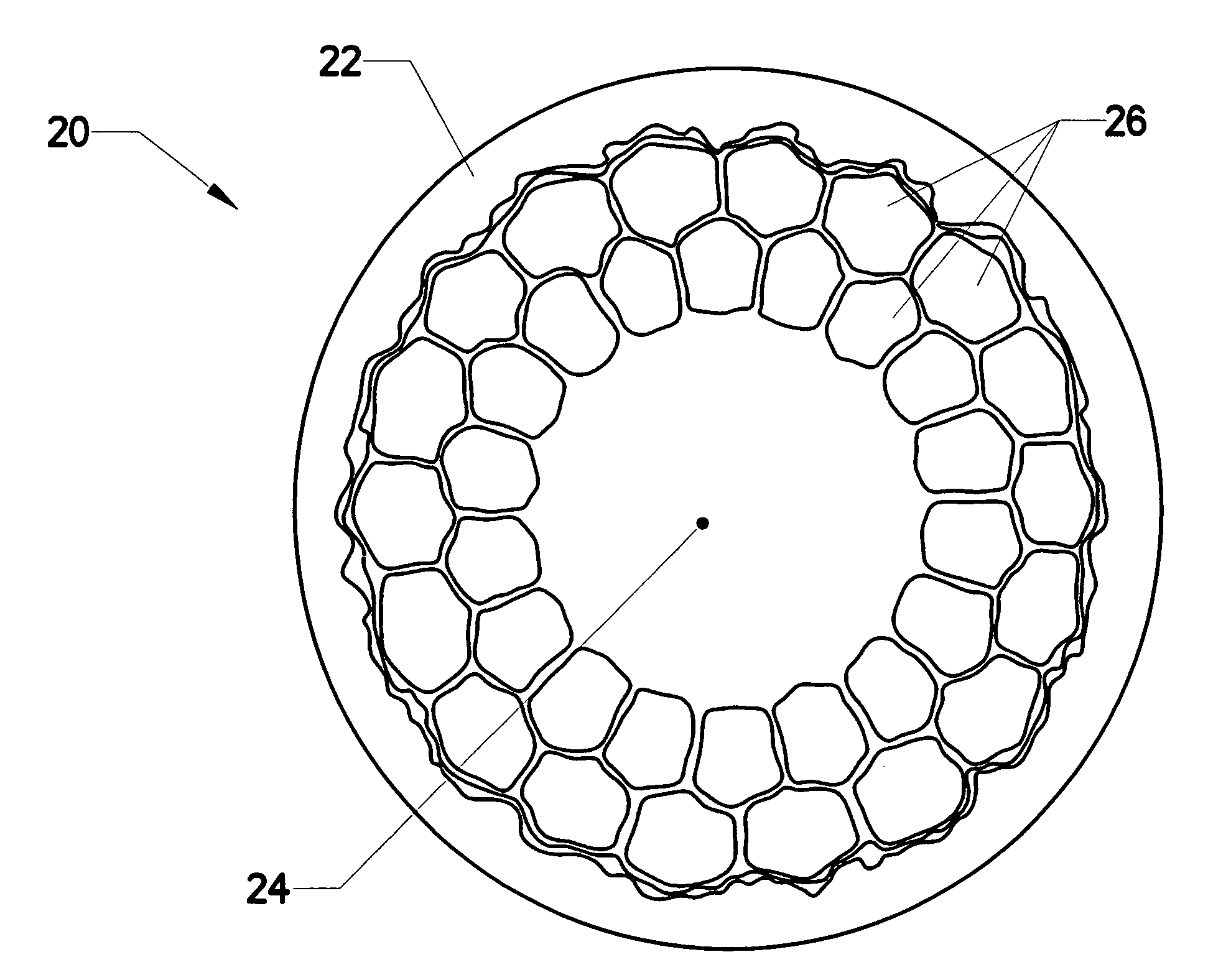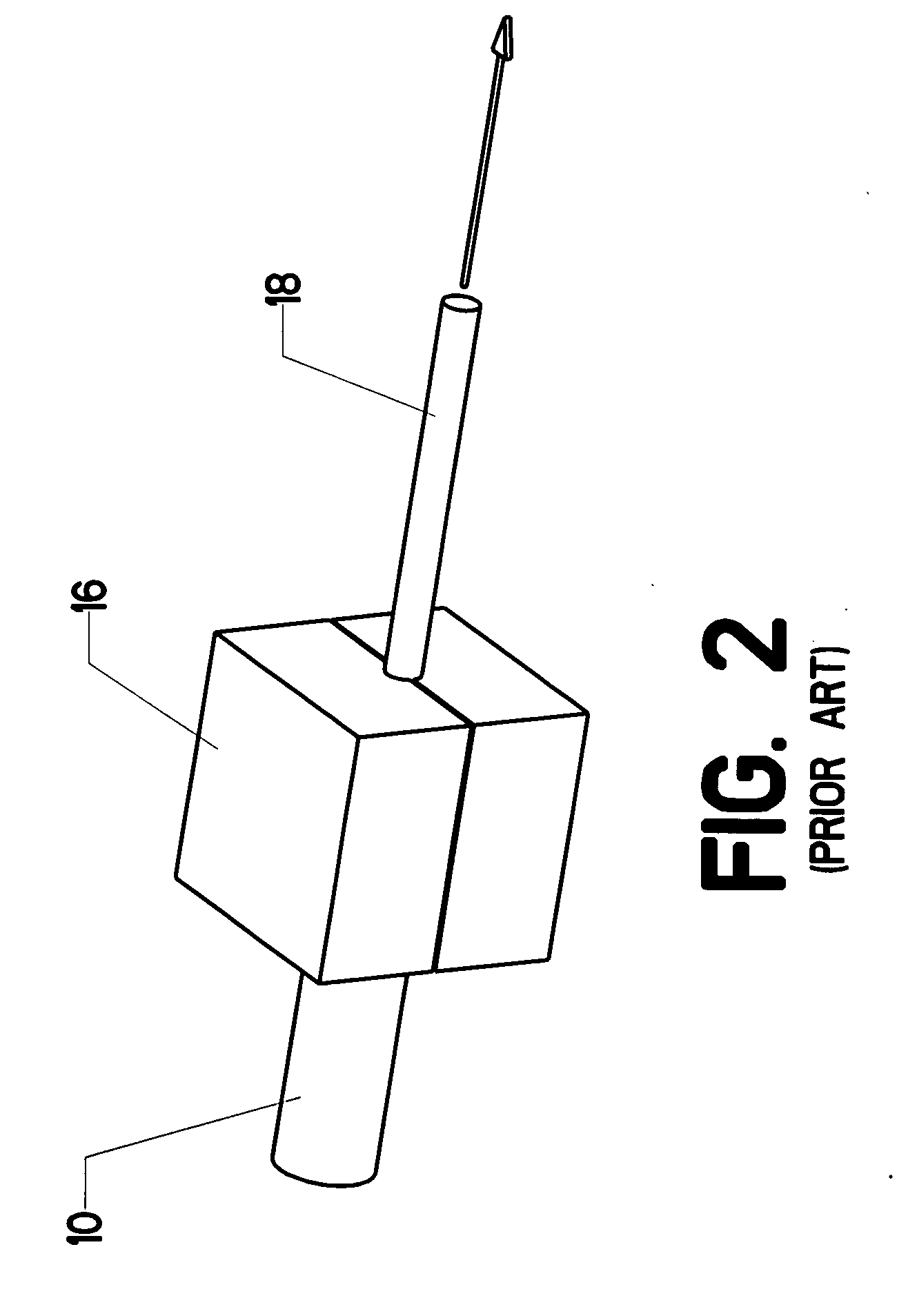Aluminum oxide particle strengthened niobiumtin superconducting composite wire
a composite wire and niobiumtin technology, applied in the field of capacitors, can solve the problems of substantial mechanical stress on the conductor, material heat treatment time is relatively long, and actual processes known in the prior art are considerably more complex, so as to shorten heat treatment time, reduce manufacturing costs, and reduce manufacturing costs
- Summary
- Abstract
- Description
- Claims
- Application Information
AI Technical Summary
Benefits of technology
Problems solved by technology
Method used
Image
Examples
Embodiment Construction
[0044]Al2O3 nano-particle reinforced copper (DSC) has good mechanical properties and excellent deformability. It retains most of its strength even after prolonged heat treatment. Commercially available C15760 is one kind of DSC, which consists of 1.1 vol % Al2O3 nano-particles in a Copper matrix. The size of Al2O3 particles is between 2-10 nm. The yield strength of C15760 at 4 K is higher than 700 MPa after 900° C. 1 h heat treatment. C15760 was used as the raw material for making reinforced Nb3Sn wire. While the invention is not limited to the use of one particular alloy, the particular DSC referred to in the examples disclosed herein is C15760.
[0045]Returning now to FIG. 3, the fabrication process will be explained in detail. In the first step, a Nb rod 22 is inserted into DSC tube 20. The assembly is then swaged and drawn to form DSC-1Nb hexagonal wire 24. The edge-edge distance of the hexagonal wire 24 is between 1 to 2 mm. During swaging, the temperature of the work piece incre...
PUM
| Property | Measurement | Unit |
|---|---|---|
| temperature | aaaaa | aaaaa |
| temperature | aaaaa | aaaaa |
| yield strength | aaaaa | aaaaa |
Abstract
Description
Claims
Application Information
 Login to View More
Login to View More - R&D
- Intellectual Property
- Life Sciences
- Materials
- Tech Scout
- Unparalleled Data Quality
- Higher Quality Content
- 60% Fewer Hallucinations
Browse by: Latest US Patents, China's latest patents, Technical Efficacy Thesaurus, Application Domain, Technology Topic, Popular Technical Reports.
© 2025 PatSnap. All rights reserved.Legal|Privacy policy|Modern Slavery Act Transparency Statement|Sitemap|About US| Contact US: help@patsnap.com



